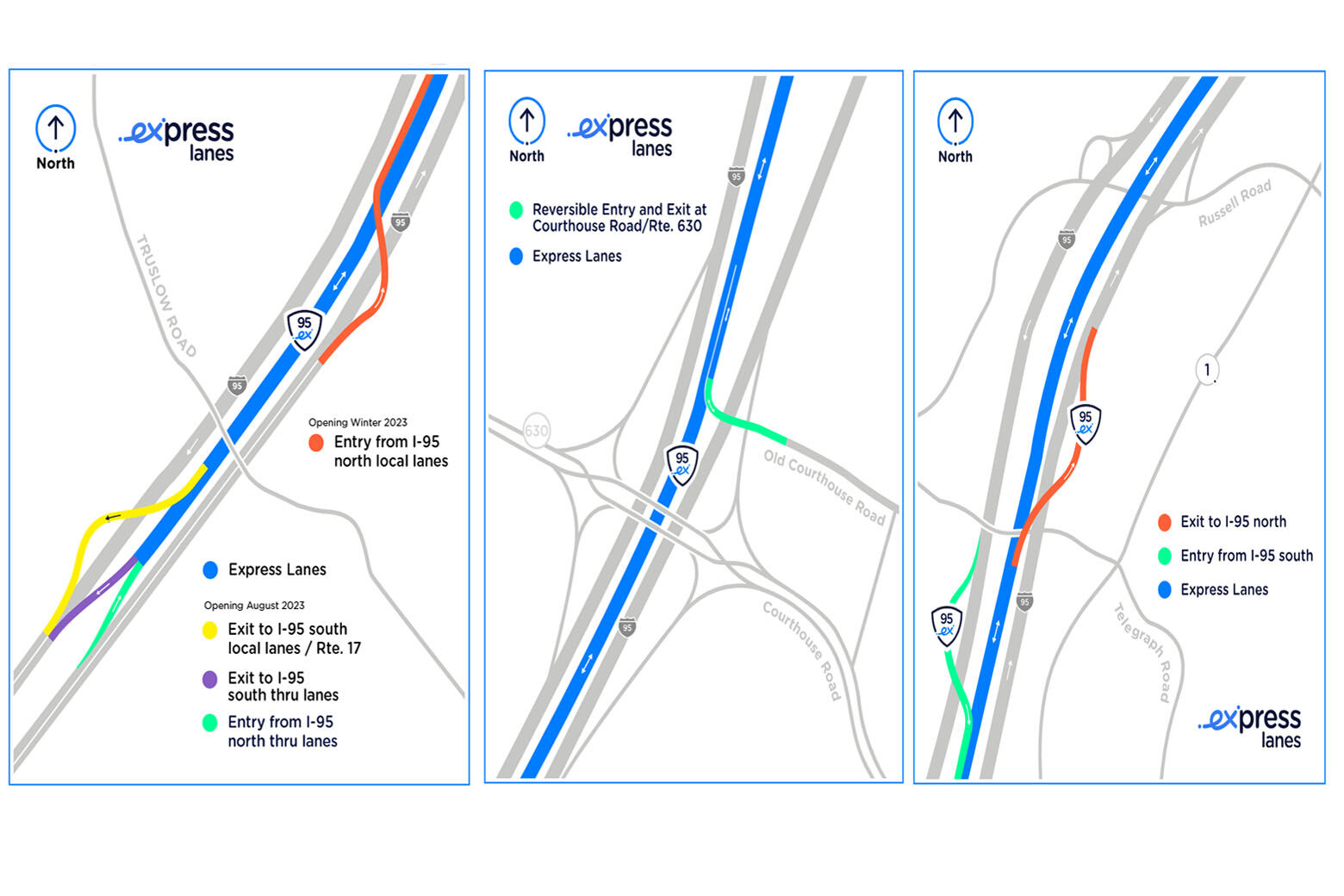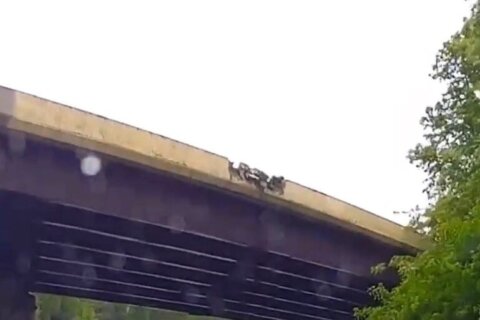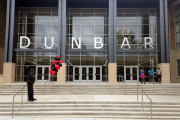A new 10-mile stretch of Express Lanes on Interstate 95 in Virginia extends high-occupancy toll lanes all the way to Fredericksburg, creating the largest reversible road in the U.S. and aiming to ease congestion on a key corridor leading to and from D.C.
But there’s a few things drivers should know before taking advantage of the new lanes.
When does it open?
The new extension officially opened Thursday at 10 p.m. with two lanes of traffic in the median of I-95 heading southbound. As with the existing Express Lanes, the extension is reversible and the lanes switched to a northbound direction starting Friday morning. (See the approximate schedule below)
Where is it?
The 10-mile extension, known as “Fred Ex,” picks up where the current I-95 Express Lanes used to end, just past Route 610 (Garrisonville Road) and extends to Route 17 (Warrenton Road).
For now, the extension will only benefit drivers who plan to use the full end-to-end 10-mile extension. Drivers taking the new extension have to commit to driving the full 10-mile length. Additional on- and off-ramp exits along the way — including near Marine Corps Base Quantico and Courthouse Road/Route 630 — aren’t set to open until this winter.
Heading north, drivers can access the extension entering on the left, just after the North Rappahannock River Crossing. Until the additional exits open later, the next exit after entering isn’t until Prince William County.

The Virginia Department of Transportation said with the opening of the extension, drivers may need to make decisions about their route earlier.
You can explore how your commute may change using an interactive map on the VDOT website.
How much will it cost you?
Added to the existing high-occupancy toll lanes on I-95 and Interstate 395, Virginia officials said the new extension creates the longest reversible road in the U.S. — from the Potomac River in D.C. to the Rappahannock.
Officials said the new lanes will add an additional 66% capacity during rush hour, which could save drivers as much as 35 minutes on a trip from D.C. to Fredericksburg.
But don’t forget your E-ZPass. Drivers pay a toll to use the Express Lanes that varies based on traffic volume.
WTOP’s Kyle Cooper was out riding the new lanes Friday morning. At one point, during the height of the morning rush hour, the toll for a trip starting in the new section heading north to Springfield — a more than 30-mile trip — was running as high as $18.80.
Mike McGurk, spokesman for Transurban, told WTOP Friday morning that most drivers will only use a portion of the Express Lanes.
“Most folks that are paying that toll aren’t going to take that full stretch,” he said. “They’re instead going to use a segment of that now nearly 50-mile corridor to help them get around portions of traffic or just to get to where they’re going for that more reliable trip.”
McGurk said the cost of driving only the new section of the lanes Friday morning — up to the first exit Prince William County — tolls were “hovering” around $4 to $9, he said.
Who rides free?
Vehicles with at least three occupants will ride free as long as they have an E-ZPass Flex transponder set to “HOV ON.”
Vehicles with fewer than three occupants will pay the tolls.
Motorcycles and buses travel toll-free.
What to watch for
The express lanes extension won’t be a cure-all, according to WTOP Traffic reporter Dave Dildine. “But the added capacity could lessen the length of delays on the mainline in one direction, particularly upstream through Quantico,” he said.
“The traffic congestion on the mainline will generally be worse for drivers going in the direction opposite to the orientation of the express lanes,” Dildine added.
The exits at the south end of the facility are new, so there could be a learning curve.
“As always, there is an adjustment period,” Dildine said. “It could take a few days for both drivers to figure out the ramps near Route 17 and for engineers to find a price range that keeps traffic moving.”
McGurk, the Transurban spokesman, urged drivers to use caution and be aware of new traffic patterns.
“We expect a bit of a ramp-up period,” he said. “With anything a change of this magnitude on these, you know, Fredericksburg Express Lanes, it’s going to take drivers some time to adjust, especially as we come out of that summer travel season, and into the more regular day to day when school starts back up.”
When you can ride?
The Express Lanes switch directions based on the time of the day. Generally, the lanes are open northbound starting early in the mornings on weekdays until 11 a.m. before closing during the middle part of the day for a few hours to set up for the switch. Starting at 1 p.m., the lanes switch to southbound until midnight.
Below is the approximate schedule:
Weekdays:
- Closed for reversal — 12 a.m. to 2 a.m. (except on Monday)
- Open northbound — 2 a.m. to 11 a.m.
- Closed for reversal — 11 a.m. to 1 p.m.
- Open southbound — 1 p.m. to 12 a.m.
Saturday:
- Open southbound — 12 a.m. to 2 p.m.
- Closed for reversal — 2 p.m. to 4 p.m.
- Open northbound — 4 p.m. to 12 a.m.
Sunday:
- Open northbound — 12 a.m. Sunday to 12 a.m. Monday
What’s next?
Additional exits in busy areas along the new lanes are planned to open this winter.









